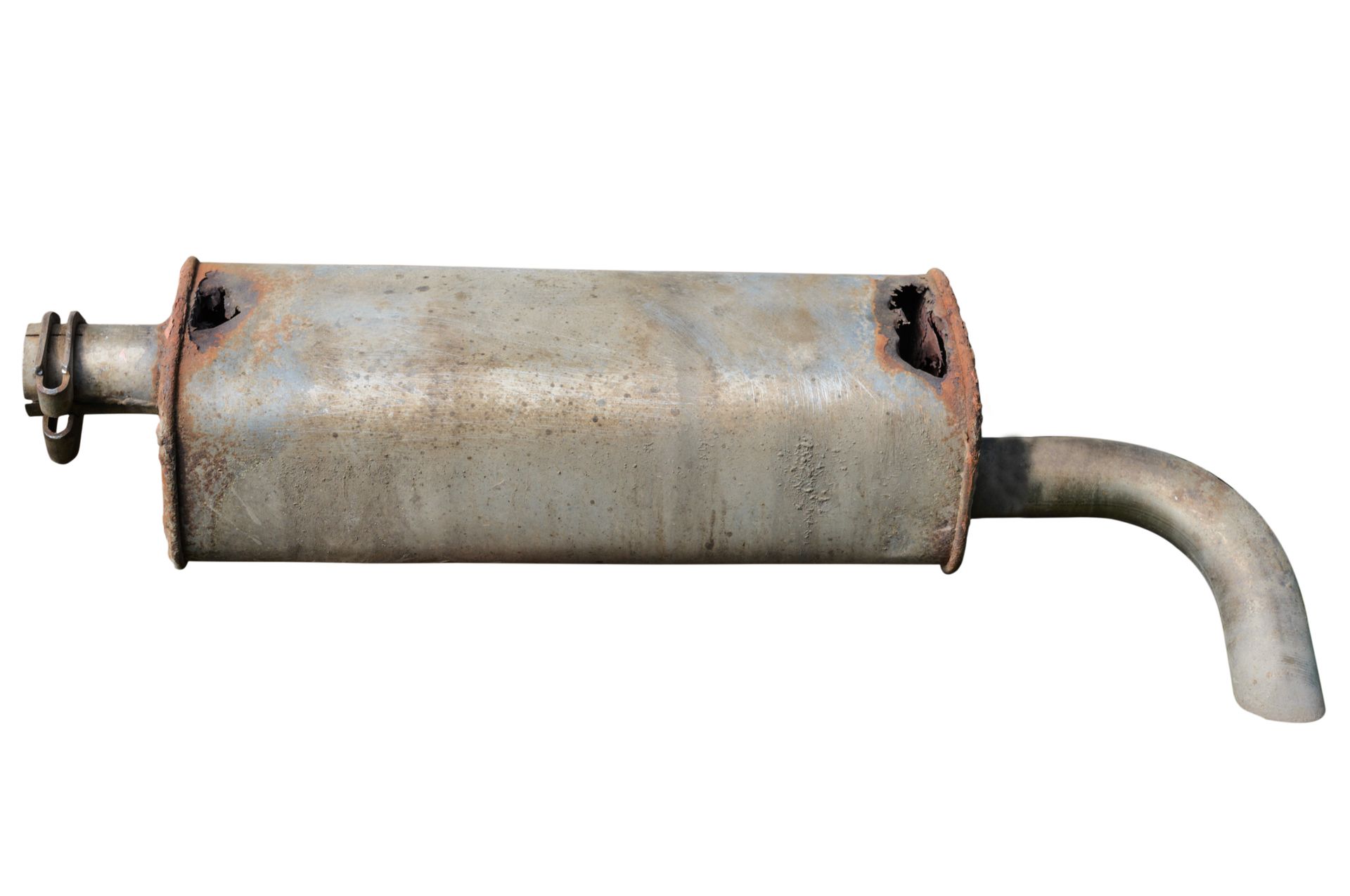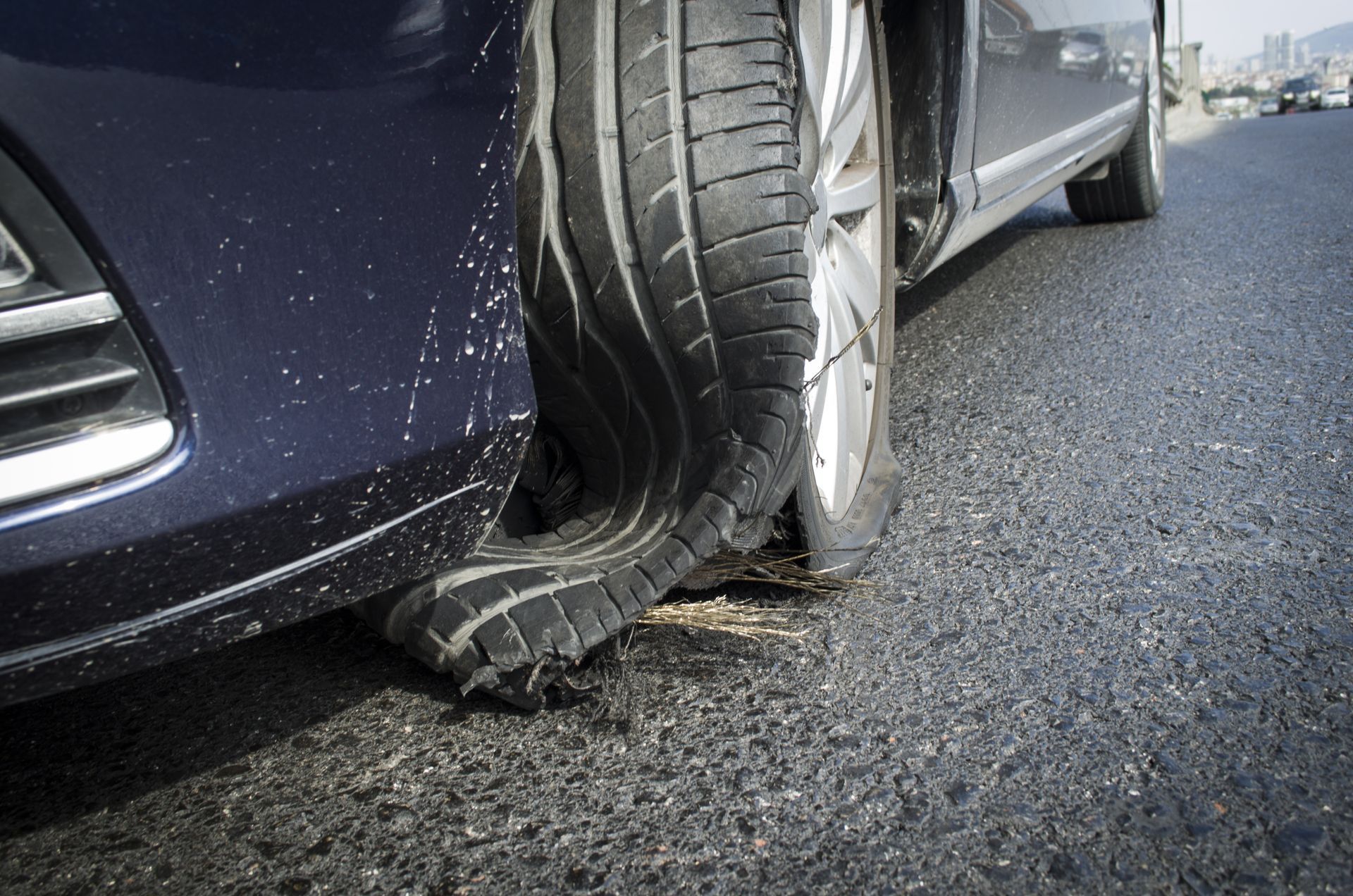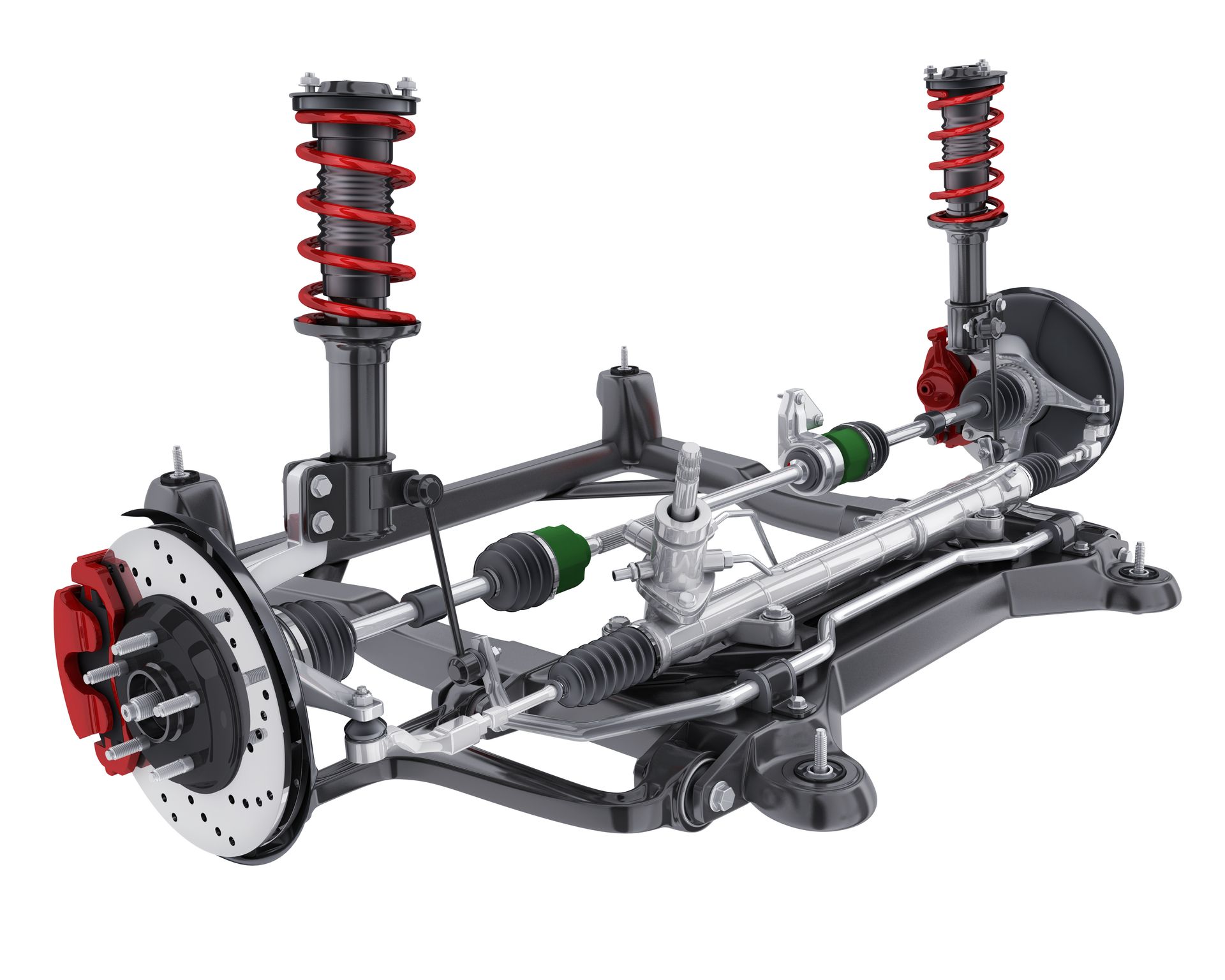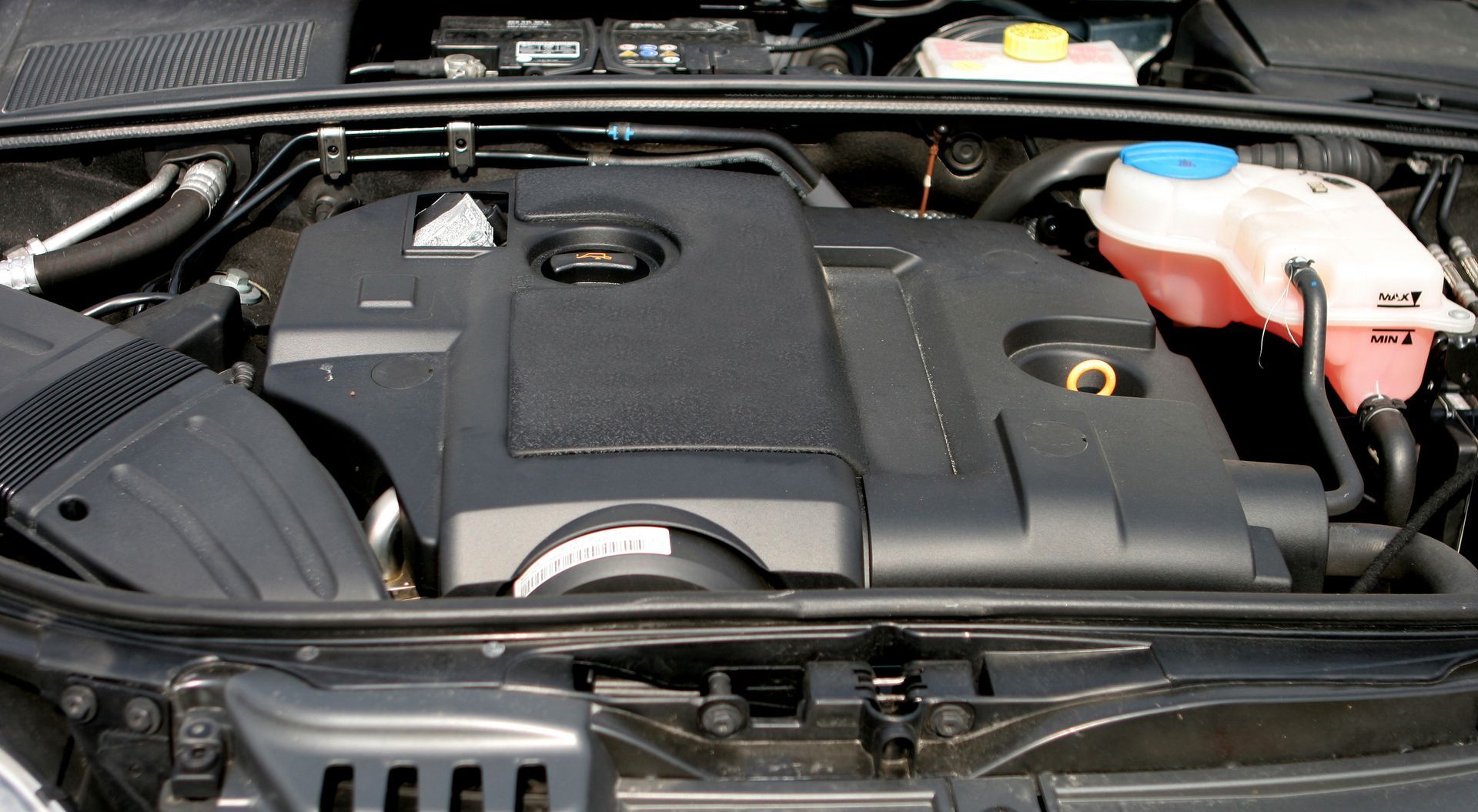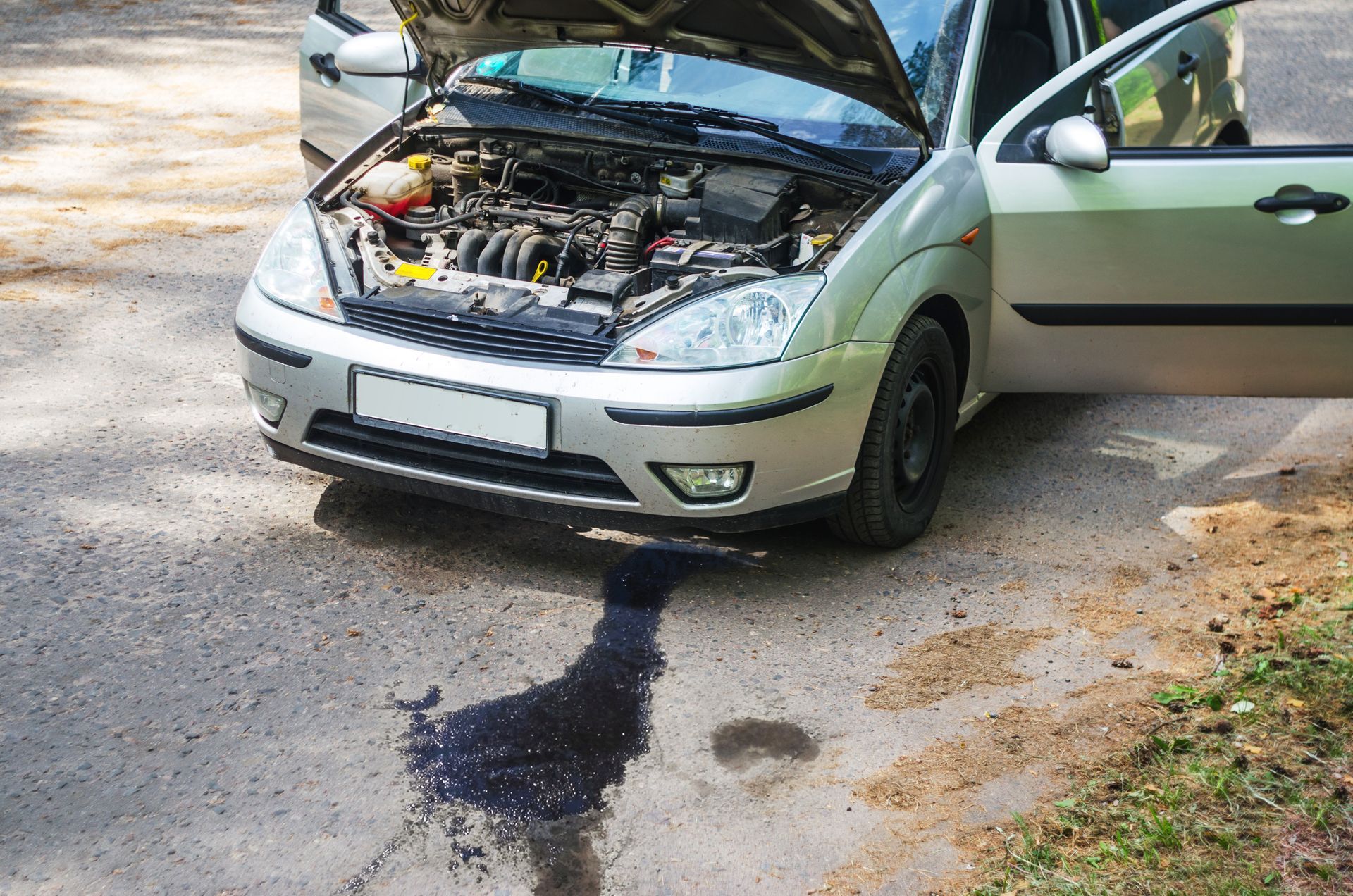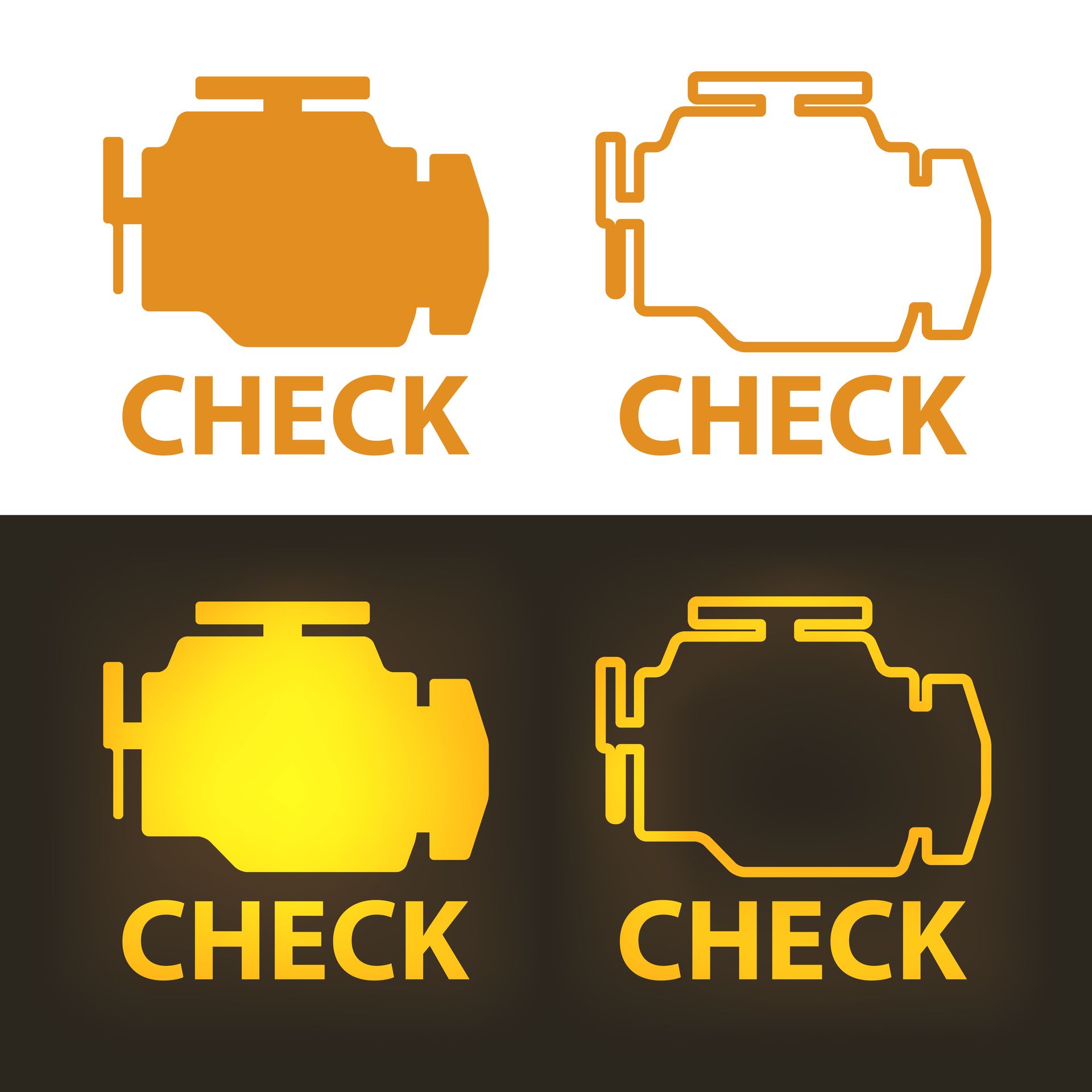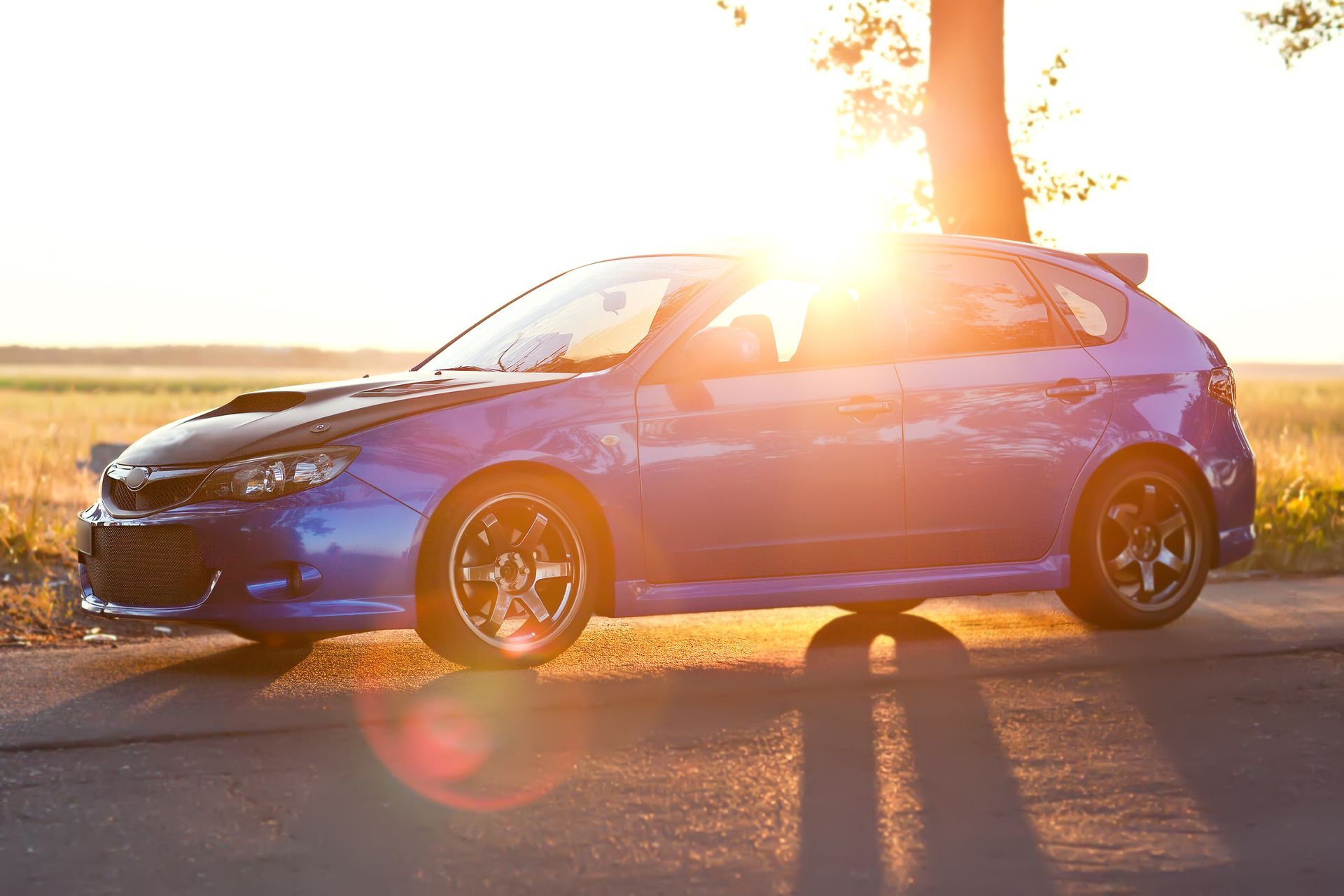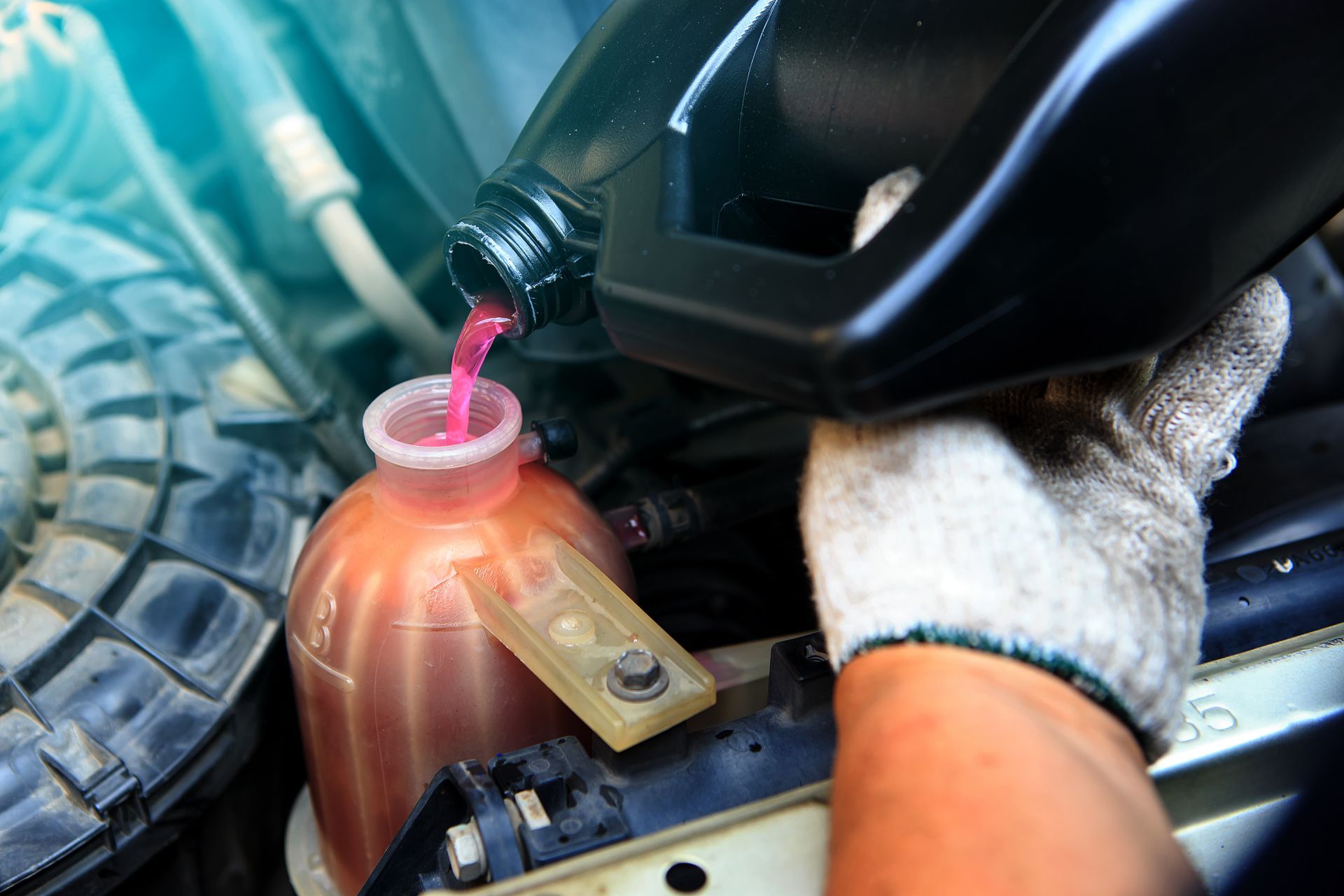Brake fluid might not be something you think about during your daily commute, but it’s one of the most important fluids in your vehicle. It transfers the pressure from your brake pedal to the brake system itself, allowing your car to stop efficiently and safely. Over time, though, brake fluid can degrade, and when it does, your stopping power is at risk.
If you’ve ever wondered whether brake fluid goes bad, the answer is yes. It doesn’t evaporate or disappear like oil or coolant, but absorbs moisture and loses effectiveness. Here’s how brake fluid works, why it breaks down, and when to change it.
Brake Fluid Is Hygroscopic
Most brake fluids used in everyday vehicles are glycol-based and hygroscopic, which means they naturally absorb moisture from the air over time. Even in a sealed system, moisture slowly enters through rubber hoses and seals. This water dilution lowers the fluid’s boiling point and reduces its ability to function under pressure.
Why does this matter? Because braking generates a lot of heat. If the brake fluid contains too much water, it can boil during heavy braking—creating air bubbles in the lines and resulting in brake fade or a spongy pedal feel.
Signs Your Brake Fluid Is Going Bad
Most drivers won’t notice brake fluid going bad until symptoms appear. Here are a few signs to watch for:
- A soft or spongy brake pedal
- Increased stopping distance
- A burning smell after hard braking
- ABS warning light on the dashboard
- Discolored or dirty fluid in the reservoir
Healthy brake fluid is usually clear or light yellow. As it absorbs moisture and collects contaminants, it darkens to a brown or even black color. If your fluid looks dirty, it’s a good idea to have it tested or replaced.
How Often Should Brake Fluid Be Changed
Brake fluid doesn’t need replacing as often as oil, but it’s not a lifetime fluid either. Most manufacturers recommend flushing the brake system every two to three years, regardless of mileage. In a humid climate, or if you frequently drive in stop-and-go traffic or down steep hills, you might need to change it more often.
If you recently purchased a used vehicle and there is no record of a brake fluid change, it’s smart to have it inspected. Many shops can perform a brake fluid moisture test in minutes to see if it’s still within safe limits.
Old Brake Fluid Affects More Than Just Braking
Degraded brake fluid reduces stopping power and can damage expensive components. Water in the system can cause internal rust in brake lines, calipers, and master cylinders. Over time, that corrosion leads to leaks or failure of the system’s pressure components.
Contaminated fluid can also damage the sensitive valves and pumps in vehicles with anti-lock braking systems (ABS). Repairs to ABS modules can be costly, so routine fluid maintenance can help prevent bigger issues down the road.
What Happens During a Brake Fluid Flush
A brake fluid flush involves completely removing the old fluid from the system and replacing it with fresh fluid. Unlike a simple top-off, a flush removes all moisture, air bubbles, and debris. The process includes bleeding the brakes to get rid of trapped air, restoring proper pedal feel and performance.
At JC Motors, we use professional-grade equipment and the correct brake fluid type specified by your vehicle manufacturer. Not all fluids are the same, and using the wrong one can reduce braking performance or cause seal damage.
JC Motors – Brake System Maintenance You Can Trust in Tualatin, OR
At JC Motors in Tualatin, we understand how critical brake fluid is to your safety. If it’s been a few years since your last fluid change, or if your brakes feel different from what they used to, let us take a look. We’ll inspect your fluid condition, test for moisture, and recommend the right service to keep your braking system performing at its best.
Drive with confidence—schedule your brake fluid check today.


